Don't hesitate to send a message
How to optimize plastic steel gears for hub motors to reduce wear and noise?
Plastic-steel gears for wheel hub motors play a vital role in electric vehicles and other power tools. In order to improve the service life and comfort of plastic-steel gears, designers usually take a variety of optimization measures to ensure that they maintain low wear and noise levels under long-term high-load operation.
The material selection of gears is crucial. Plastic-steel materials themselves have high wear resistance, but in actual use, the surface of the gears will still suffer from greater friction. By adding special additives to plastic-steel materials or using modified composite materials, their wear resistance can be effectively improved and surface wear can be reduced. For example, some composite plastic materials will add mineral fillers or fiber reinforcement components, which help to increase the hardness of the gear surface, thereby reducing friction and reducing wear rate.
The surface treatment technology of gears is also an important means of optimization. In order to reduce wear, surface coating technology can be used, such as adding specific lubricating coatings or surface hardening treatment. These treatments can not only improve the wear resistance of gears, but also reduce friction, thereby reducing heat generation and avoiding material fatigue caused by excessive friction. In addition, improving surface smoothness is also the key to reducing wear and noise. The finely processed gear surface is smoother, thereby reducing the friction of the contact surface.
The optimization of tooth profile design also has an important impact on reducing wear and noise. The meshing mode of the gear directly determines the contact pressure distribution during its operation. By optimizing the tooth profile, the gear is subjected to uniform pressure during the meshing process, which can effectively reduce local friction and stress concentration, reduce excessive wear of the material and the generation of high-frequency noise. The use of involute tooth profile design can gradually increase the contact force of the gear during the meshing process and avoid sudden impact force, which not only helps to reduce wear, but also greatly reduces noise.
Reasonable gear lubrication is also a key measure to reduce wear and noise. Lubricating oil or grease can form a lubricating film between the contact surfaces of the gears, reduce direct friction, and effectively reduce wear. For plastic steel gears, it is particularly important to choose appropriate lubricating materials. Too thick or too thin lubricating films will affect the lubrication effect, resulting in increased wear and noise. Regularly changing the lubricating oil and maintaining proper lubrication are necessary steps to ensure the efficient operation of the gears.
Another important factor affecting gear wear and noise is the machining accuracy of the gear. The accuracy of the gear determines the degree of its matching during operation. Gears with higher accuracy can achieve smoother meshing during operation and avoid excessive vibration and noise. The use of high-precision processing technologies, such as CNC processing and precision grinding, can effectively improve the processing accuracy of gears, reduce irregular friction during meshing, and thus reduce noise and wear.
The material thickness of the gear and the size ratio of the gear also need to be considered during design. Appropriately increasing the thickness of the gear and improving the design ratio of the gear can enhance the gear's ability to bear the load while reducing the wear on the gear surface. This design scheme can help the gear maintain a low wear rate under high-load operation and ensure its long-term and stable use.
Optimizing plastic-steel gears for hub motors to reduce wear and noise requires comprehensive consideration from multiple aspects such as material selection, surface treatment, tooth shape design, lubrication management, processing accuracy, and gear design. By continuously improving these factors, the durability and smooth operation of plastic-steel gears will be greatly improved, providing a more reliable and comfortable gear system for electric vehicles and other applications.
-
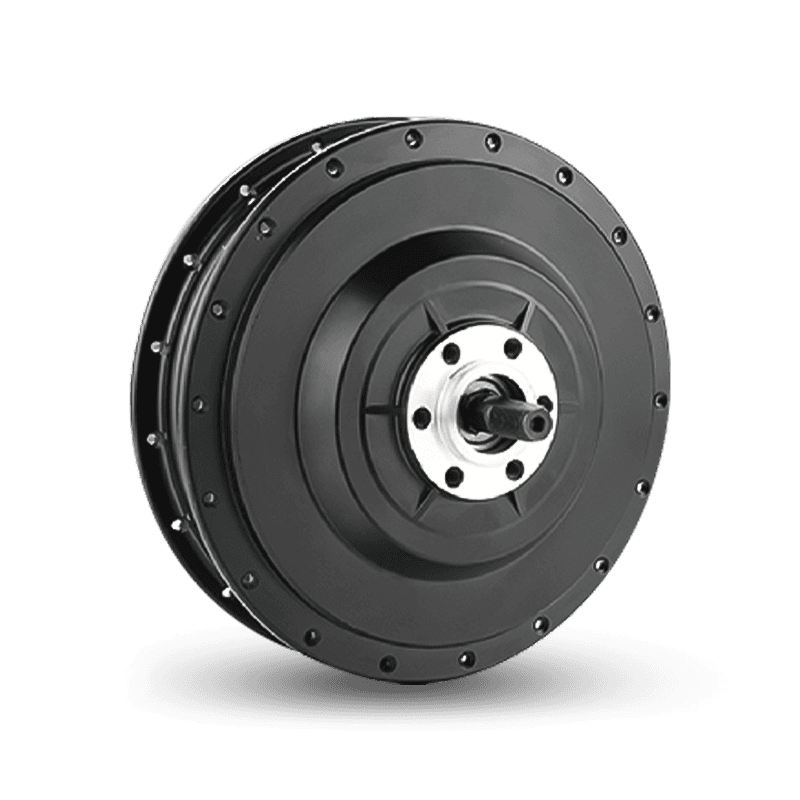 E-Type F500 Front Hub Motor
E-Type F500 Front Hub MotorThe E-Type F500 front hub motor is designed for E-Cargo and E-MTB bikes, offerin...
-
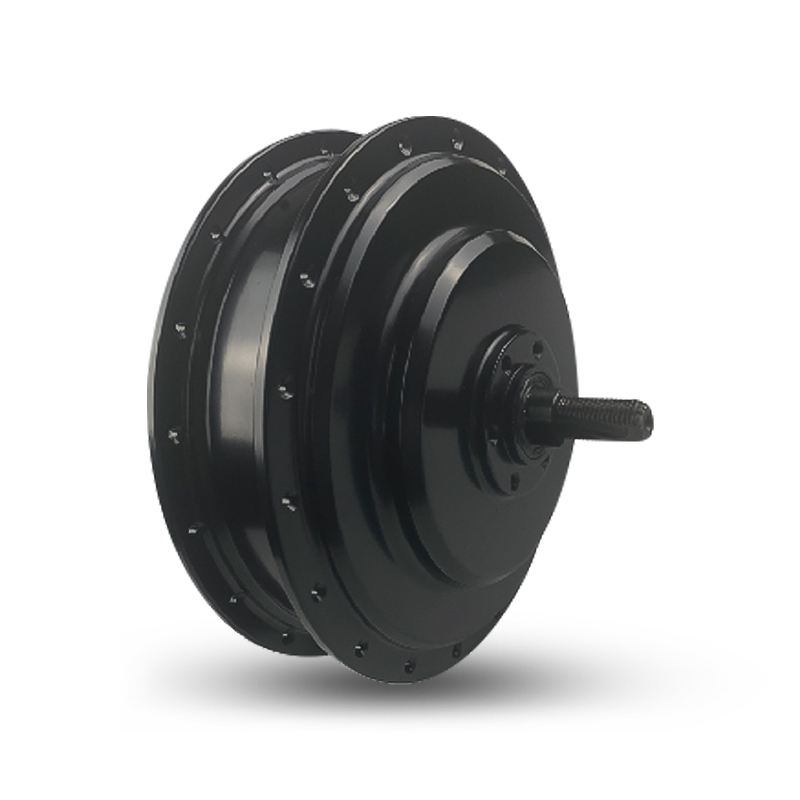 E-Type Pro RC750 Rear Hub Motor
E-Type Pro RC750 Rear Hub MotorThe E-Type Pro RC750 Rear Hub Motor is designed for E-Cargo and E-MTB bikes, com...
-
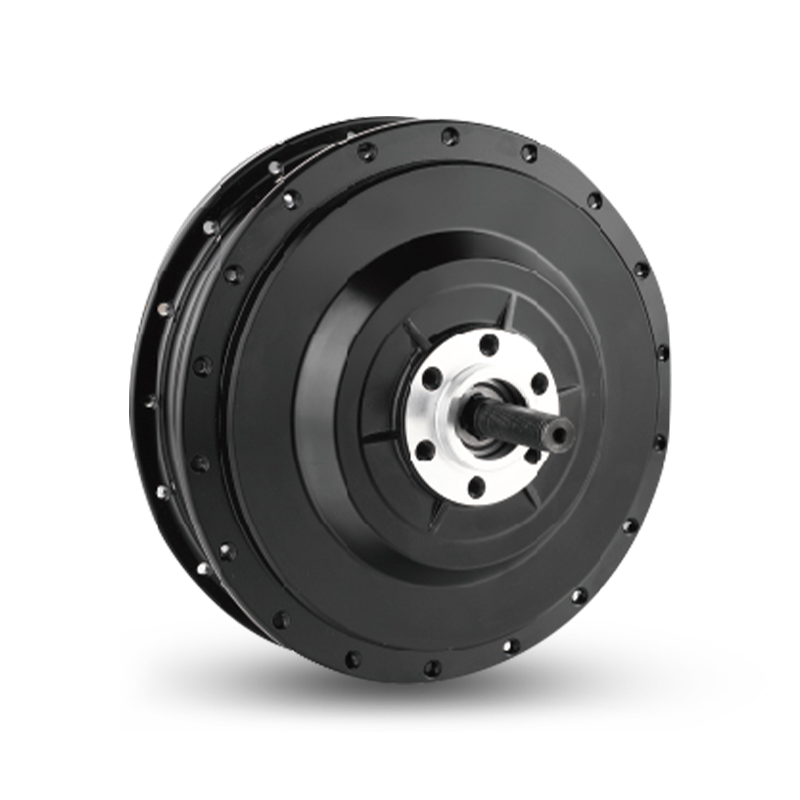 E-Type RF500 Rear Hub Motor
E-Type RF500 Rear Hub MotorThe E-Type RF500 Rear Hub Motor is designed for E-Cargo and E-MTB bikes, compati...
-
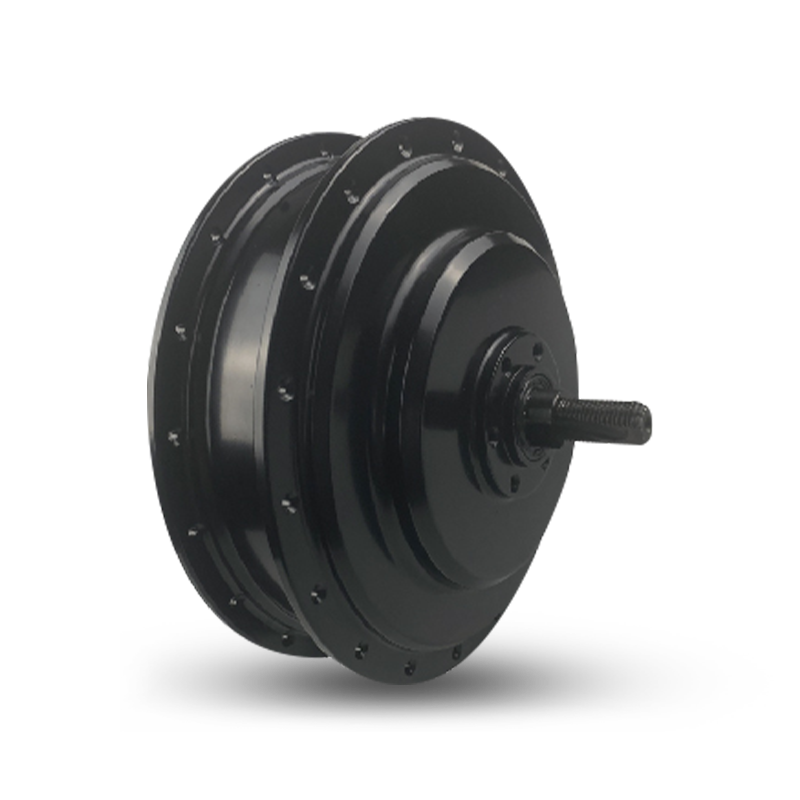 E-Type Pro RF750 Rear Hub Motor
E-Type Pro RF750 Rear Hub MotorThe E-Type Pro RF750 Rear Hub Motor is designed for E-Cargo and E-MTB bikes, com...
-
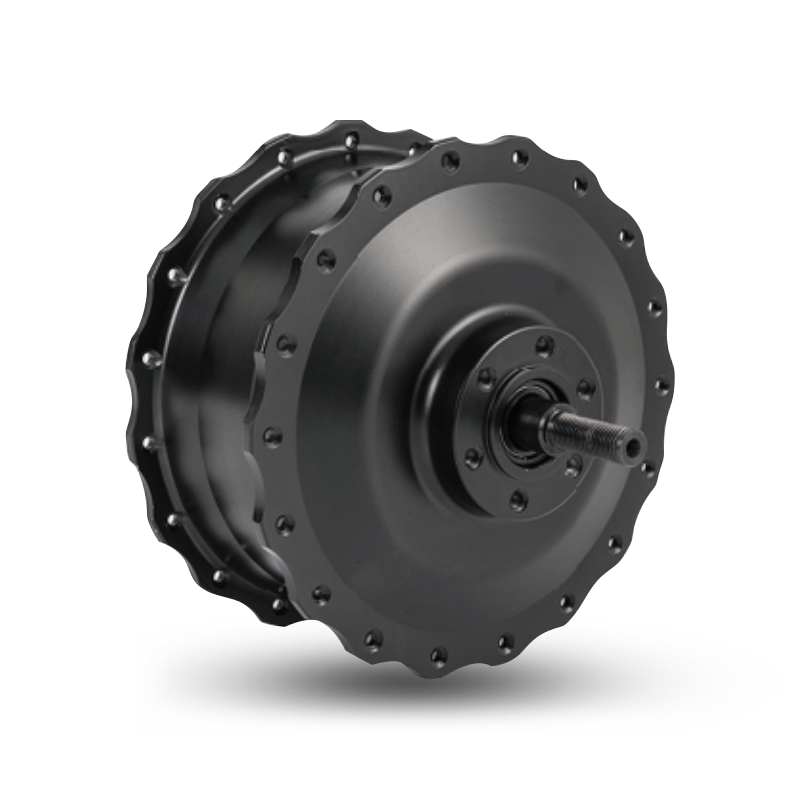 S-Type Pro F1500 Front Hub Motor
S-Type Pro F1500 Front Hub MotorThe S-Type Pro F1500 front hub motor, designed for E-Carao and E-Fat bikes, offe...
-
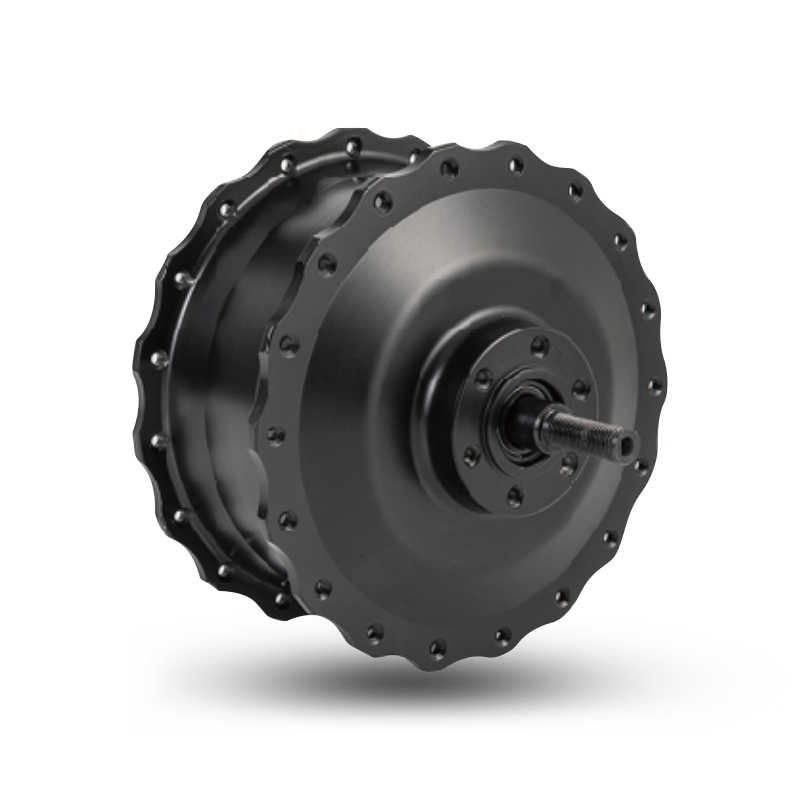 S-Type F750 Front Hub Motor
S-Type F750 Front Hub MotorS-Type F750 is designed for E-Cargo and E-Fat. The rated power ranges from 500W ...
-
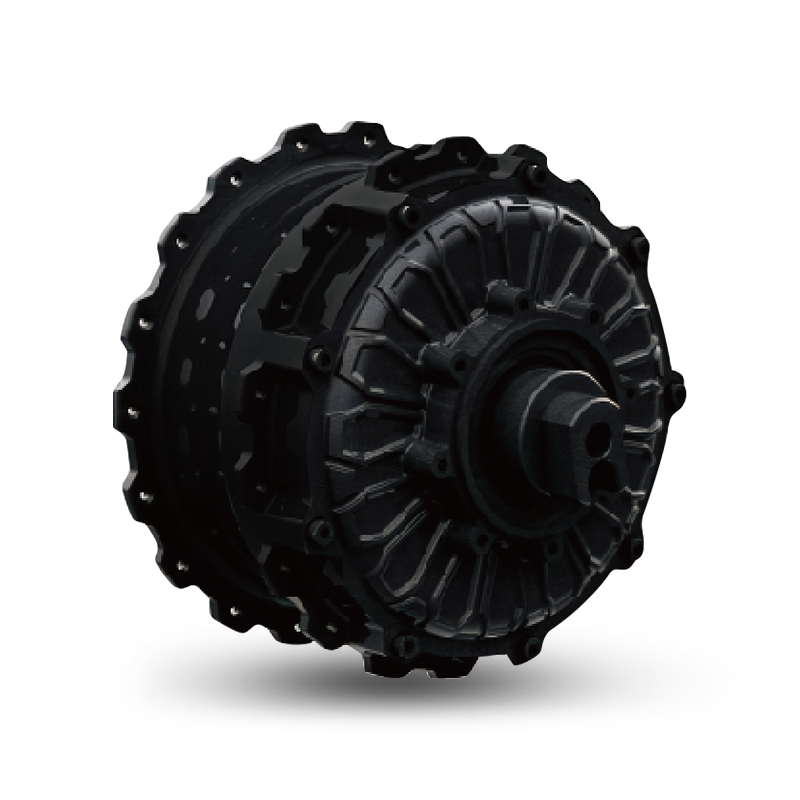 S-TYPE Max THRU AXLE Rear Hub Motor
S-TYPE Max THRU AXLE Rear Hub MotorThe S-TYPE Max thru-axle motor is designed for E-Fat, Moped, and Cargo applicati...
-
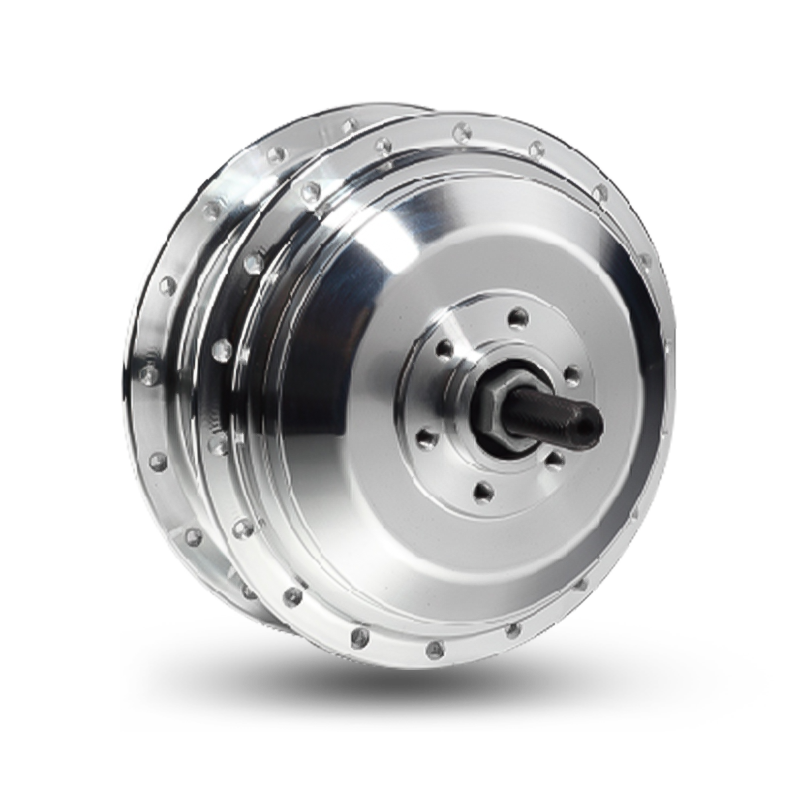 C-Type R350 Rear Hub Motor
C-Type R350 Rear Hub MotorThe C-Type R350 Rear Hub Motor, designed for city e-bikes, offers a rated power ...
If you are interested in our products, please consult us
- Address:No. 3 Dingqiao Rd, Jiangshan Town, Yinzhou District, Ningbo, Zhejiang Province, China
- Phone: +86 13806662915
- Email: K.zhang@hengtai-cn.com



 English
English 中文简体
中文简体